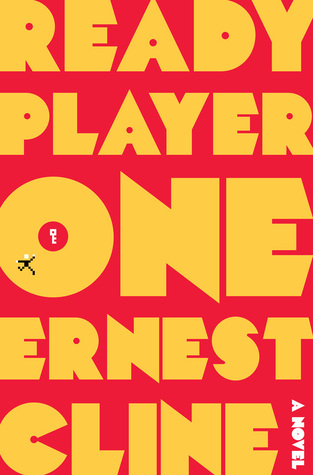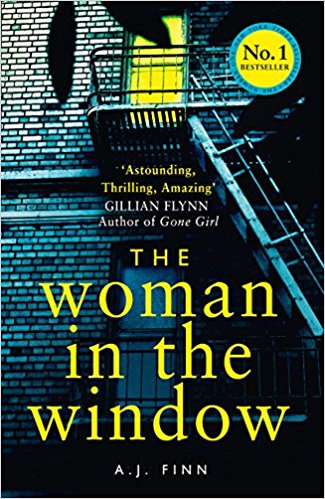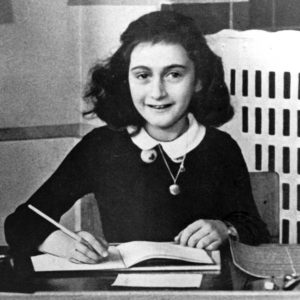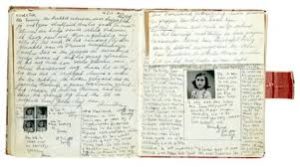 John Steinbeck is a great humanist writer who focuses the majority of his work on the less fortunate members of society, usually in California. His main qualities as a writer lie in the description of landscape and the tender aspects of his character’s. For the above themes, I suggest you check out Of Mice & Men, Grapes of Wrath and East of Eden.
John Steinbeck is a great humanist writer who focuses the majority of his work on the less fortunate members of society, usually in California. His main qualities as a writer lie in the description of landscape and the tender aspects of his character’s. For the above themes, I suggest you check out Of Mice & Men, Grapes of Wrath and East of Eden.
Cannery Row was published in 1945 and is set in Monterey, California during the great depression. Cannery Row is a waterfront street which had a number of sardine canning factories (the last of which closed in 1978.)
Rather than focus on the workers of these factories – many of whom were out-of-towners – it deals with the colourful inhabitants of ‘The Row’ during the time the canning factories are closed:
“It is the hour of the pearl – the interval between day and night when time stops and examines itself.”
At the beginning of the novel Steinbeck writes:
“It’s inhabitants [Cannery Row’s] are, as the man once said, ‘whores, pimps, gamblers, and sons of bitches,’ by which he meant Everybody. Had the man looked through another peephole he might have said, ‘Saints and angels and martyrs and holy men,’ and he would have meant the same thing” (p.5)
A group of men, led by Mack, who have no ambition except to sit around and get drunk and live rent free in an old shed, affectionately called, The Palace Flophouse and Grill. Instead of looking at them in a stereotypical way, Steinbeck has Doc – a well respected marine biologist – describe them in a positive light,
“Look at them. There are your true philosophers. I think. […] Mack and the boys know everything that has ever happened in the world and possibly everything that will happen. I think they survive in this particular world better than other people. In a time where people tear themselves to pieces with ambition and nervousness and covetousness, they are relaxed.” (p.106)
The local shopkeeper, called Lee Chong who’s store is described as “while not a model of neatness, was a miracle of supply” (p.7), has a similar air of affection. The people who work at the local whorehouse are all described with similar fondness. This is Steinbeck’s way of showing the reader how reliant the inhabitants are upon each other.
This novel marked a change in his normal style, in the sense that the novel had no real plot. Just a series of chapters highlighting the “real” Cannery row. Aside from human interaction, Steinbeck talks about nature; particularly about animal life and how it co-exists alongside human life.
“A well-grown gopher took up residence in a thicket of mallow weeds in the vacant lot on Cannery Row[…] It was beautiful in the early morning when he first poked his head out of the burrow. The mallows filtered green light down on him and the first rays of the rising sun shone into his hole and warmed it so that he lay there content and very comfortable” (p.144)
There are many descriptions like this in the novel, but I think it really highlights the way Steinbeck was thinking at this stage in his life. He is deeply pondering man’s place within the eco-system of the natural world.
Overall, Cannery Row is littered with excellent description, heartfelt dialogue and deeply human characters. It shows an author who is brimming with confidence, and who has deep compassion towards the poor. On top of that, it is a rapid read at 147 pages; this comes well recommended.
What did you think of the novel? As always Literature Fiend would love to hear any discussions points, or suggestions for further reading. Please contact us, or leave a comment below, it would be great to hear from you.
















